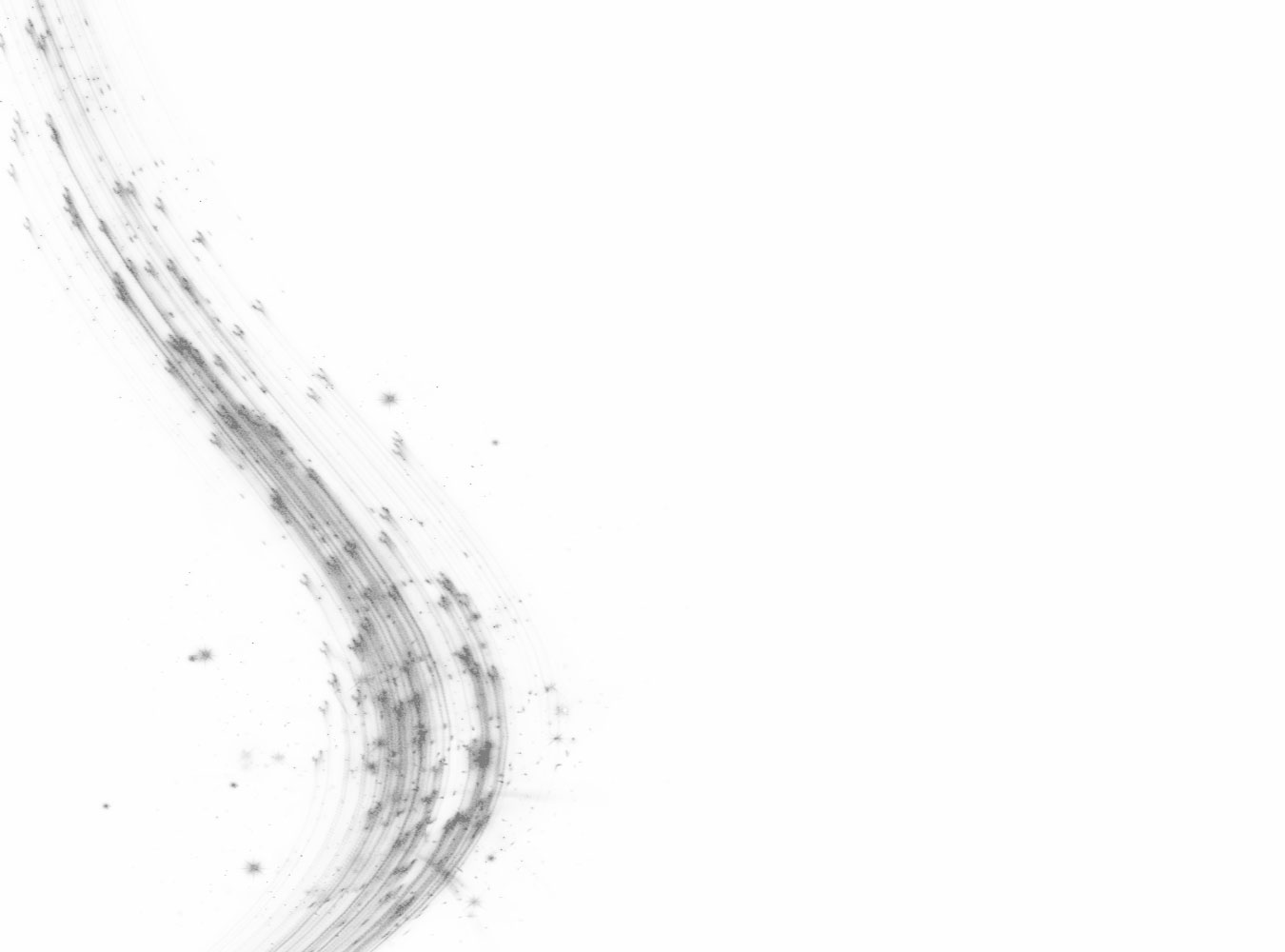-
Subject of Course:
The course is dedicated to the question of how social inequality is inscribed in urban space, in built, lived and imagined space. To this end, we will create a common theoretical basis through the reading and joint discussion of basic texts that elaborate differentiated theoretical approaches to social inequalities and explore the question of who can be involved in decision-making processes and how, who has what access to resources and privileges, and who is excluded from urban spaces and how, as well as the mechanisms linked to this. We will analysis practices of protest, art & activism and local initiatives at the neighbourhood level. We will explore the topic at selected locations. For this purpose, the participants will develop and implement a research design together, excerpt texts and go into the field. At the end of the seminar, each participant will have written a seminar paper and gone through a research process together.
Unit 1+2: Introduction into Urban Theory, Social Inequality and Urban Space
In the first unit we give a short introduction into the topic of the seminar. We give an overview of the seminar plan, the examination modalities and structure and content of the seminar.
In the second part of the first unit, we are working in groups on the question: “How to analyze urban space?”. The basis for your work is the common text lecture followed by the group work on possible topics for the research.
Unit 3: Excursion to Matzleinsdorfer Platz / Urban Interventions and Activism
We visit ‘Matz ab’ (https://matzab.tv/) during an excursion and get insides into the work of the art and activism collective which is appropriating public space with its work since more than ten years. The Matzleinsdorfer Platz is a typical example of car-centric planning, or so-called Fordist urban policy.
Unit 4+5: Class and Place / Anthropology and the Analysis of Contemporary Power
In this unit we discuss one of the three core topics of the seminar. There will be a short input on how social inequality inscribes into the city space and class and place. The basis of the common discussion is the core reading.
In the second part of the seminar we are discussing the core readings in small groups. After the discussion we work on the research projects of the working groups.
Unit 6+7: Invisibilities: Power, Marginalisation and Social Inequality / Decolonising Space
In the first part of the seminar, we watch together the short film Banana -Split. And discuss it based on the core reading of the seminar. We are working in small groups on the question who to analyses the city space and inscribed invisibilities and hierarchies.
Based on the literature we are walking through a small part of the 10. district and analysing visible and invisible hierarchies and colonial representations in the city space.
Unit 8+9: Specific Methods of Analysis + Presentations
Qualitative picture analysis – urban imaginaries in renderings and visual representations of urban space
In the second part of the seminar we will introduce our research project ideas and will talk about them.
Unit 10+11: How to Analyse the Material?
Working on the empirical basis of the research. Input on methods of analysing data & Analysing the data base in small groups.
Unit 12+13: Final (Semi)Public Presentations / Feedback and Closing
In this last part of the seminar, we will discuss the research projects and give feedback for the final preparation of the seminar papers.
280.948 SE Everyday Life, Difference and Intersectionality in Urban Studies
SE | Semester Hours 2,0 | Credits 3,0 | English
Lecturer:
Cornelia Dlabaja
Sabine Knierbein
Learning Outcomes:
After successful completion of the course, students are able to
explore and theorise social inequality and space by focusing on the interplay of the materialities, spatial practices, shared meanings and discourses of the lived experiences and embodied interactions that take place in urban space.
understand and discuss concepts related to the appropriation of public space, and recognize the interrelationships of embodied practices and processes of space appropriation.
discuss and critically reflect on care and communing debates and their relevance to the fields of urban developments, planning and architecture, with a particular focus on housing and public space.
identify research problems, frame research questions, and present and discuss developed research projects and results in the course of a final presentation and in form of a written report.
Methods:
Introduction to the theories of social inequalities in the urban context
Joint discussion along the reading of the basic literature
Common explorations in public spaces and discussion of short films
Writing excerpts of these theoretical foundations
Common work on formulating an exposé
Guideline on writing a seminar paper
Mode of Examination:
Immanent
